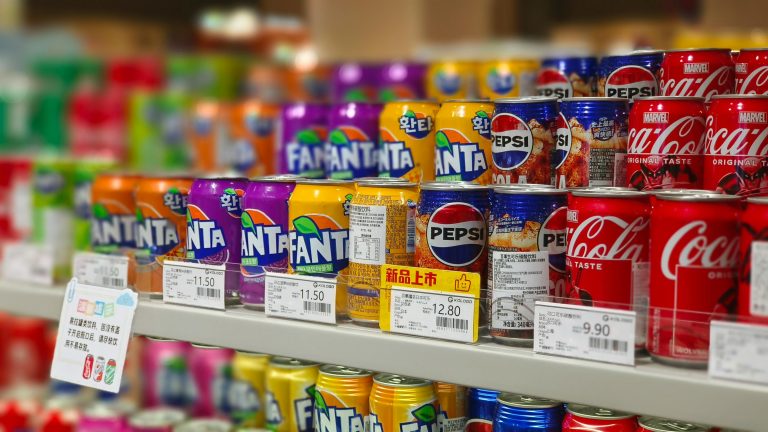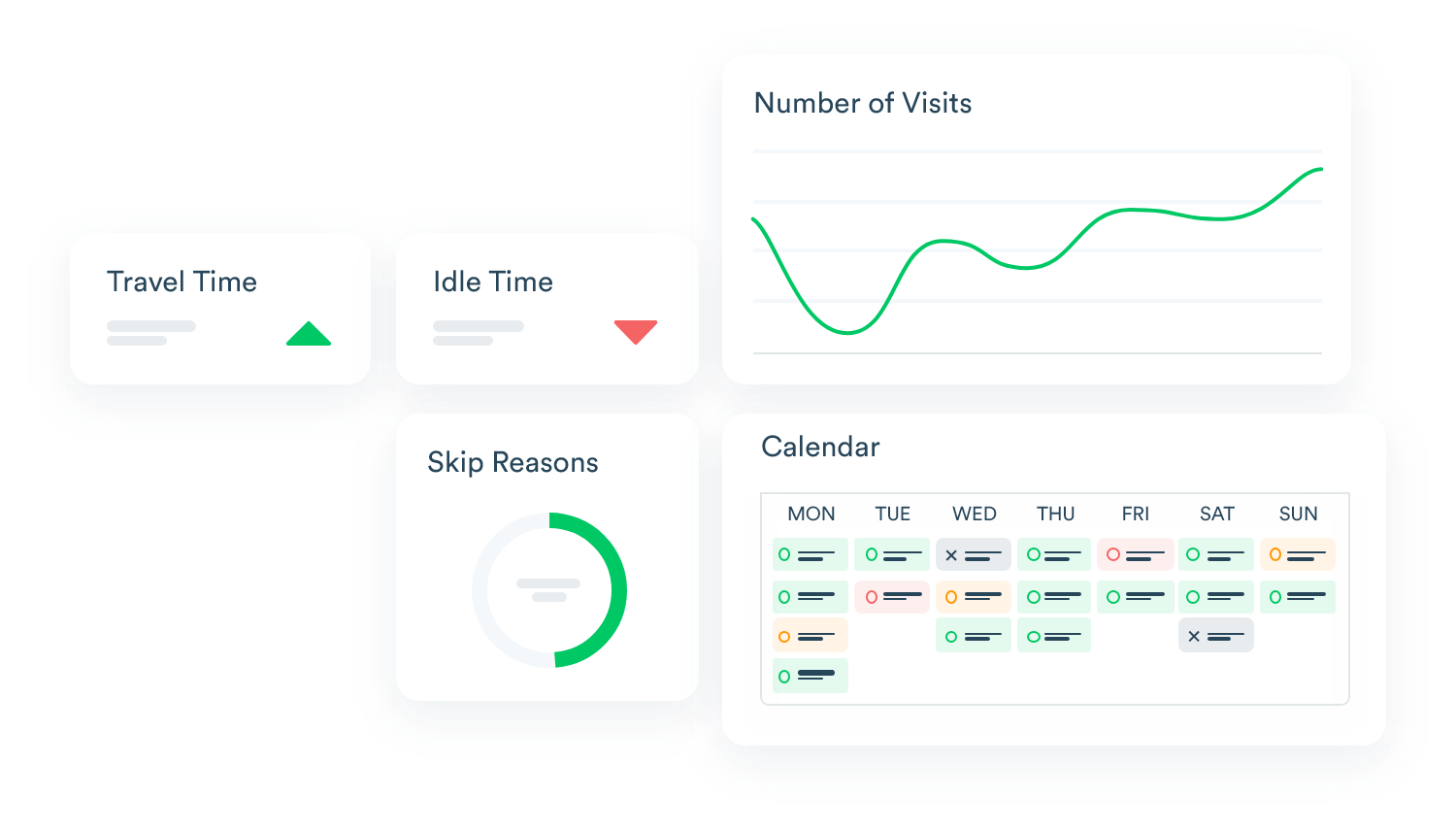The Mystery Shopping Checklist you need to achieve perfect customer experience
As a mystery shopping operations manager, you understand the tremendous impact an excellent customer experience can have on your bottom line. With more customers having higher expectations for their shopping experiences, it’s essential to stay ahead of the curve by employing effective tools such as mystery shopper checklists to fine-tune and optimize retail employees’ performance.
Through mystery shopping checklists, you can evaluate how retail employees provide service and products before, during, and after each sale. These powerful tools help you monitor employees’ adherence to company standards so you can build trust in the customer-employee relationship.
A checklist helps define standards that ensure minimum acceptable service and establishes benchmarks for excellence so that customers receive exemplary service every time they shop at your place.
Read on to find out everything you need to know about designing and using the perfect mystery shopping checklist!
What Should Your Mystery Shopping Checklist Contain?
If you’re managing a mystery shopping field team, it’s important to have a solid checklist to ensure each visit goes smoothly and yields useful information. Your checklist should cover everything from the basics, like making sure the shopper arrives on time and is dressed appropriately, to more specific items, like ensuring they ask certain questions or take photos of certain areas.
But in addition to the physical checklist, you may also want to consider implementing a mystery shopping software solution that can streamline the entire process and give you more valuable insights into your customers’ experiences. With the right tools and a well-crafted list, your mystery shopping program can be a powerful way to enhance your overall customer satisfaction and drive the success of your business.
Benefits of Using a Mystery Shopping Checklist
Mystery shopping is a valuable tool for businesses looking to evaluate the customer experience offered to their clients. But how can companies ensure that their mystery shoppers are gathering the right data when performing an evaluation? The answer lies in using a mystery shopping checklist. A checklist allows mystery shoppers to keep track of the specific details that businesses want evaluated, ensuring that no aspect goes unobserved.
With the data collected from the checklist, businesses can identify areas of improvement and implement changes that will enhance the overall customer experience. The benefits of a mystery shopping checklist are clear – it helps businesses gather accurate and comprehensive data, ultimately leading to an improved customer experience and increased revenue.
Areas You Need to Focus on When Building Your Mystery Shopping Checklist
In order to achieve the perfect store, there are several areas of focus that must be considered. One of the most important is in-store excellence. This involves creating an environment that is both visually appealing and easy to navigate for customers. This can include everything from the layout of products to the lighting and signage used throughout the store.
By focusing on in-store excellence, retailers can ensure that customers have a positive experience and are more likely to return in the future. Other areas of focus may include in-store cleanliness & appearance, employee behavior, and path to purchase. By addressing these areas, retailers can make strides towards achieving the perfect store and standing out in a crowded marketplace.
Evaluating In-Store Cleanliness & Appearance
Walking into a store should be an enjoyable experience where customers can browse and shop in a clean and aesthetically pleasing environment. A store’s cleanliness and appearance may seem like small details, but they can make a big difference in a customer’s overall shopping experience.
When a store is well-maintained and visually appealing, it can create a positive first impression and instill confidence in the products or services being offered. A clean store also demonstrates a commitment to customer satisfaction and can leave a lasting impression on shoppers.
On the other hand, a messy or dirty store can easily turn customers away and leave them feeling frustrated or even disgusted. As a result, it’s crucial for businesses to prioritize in-store cleanliness and appearance to ensure a positive shopping experience for their customers.
- Was the parking lot clean?
- Did you find the store entrance clean and well maintained when walking through it?
- Did you spot any damaged signs in the store?
- Were there any areas that required attention?
- Were the restrooms clean, well-stocked, and functioning correctly?
- Were the store aisles free of clutter with sufficient room for two or more carts to move through?
Evaluating Employee Behavior
Employee behavior is a crucial aspect of any workplace. The actions and attitudes of employees can either contribute to a positive and productive work environment or hinder it. For this reason, it is essential for companies to establish clear expectations of the behavior they expect from employees. This includes issues such as punctuality, professionalism, ethics, and communication.
Positive employee behavior can boost morale and improve overall job satisfaction, leading to increased productivity and success for the company. On the other hand, negative employee behavior can create tension and damage employee relationships, leading to decreased motivation and a decline in overall performance.
Employers must provide consistent feedback and encourage positive behavior to maintain a healthy workplace culture.
- Did a store associate greet you within 30 seconds of your arrival?
- How many other customers were in the store while you were shopping?
- What did the associate say when they greeted you?
- Did the associate smile?
- Did sales associates ask if you needed assistance with anything?
- Were you offered help by the sales associate?
- Did they guide you to the product or simply give you directions on how to find it?
Evaluating the Path to Purchase
As consumers embark on their journey to making a purchase, the path they take can vary based on a number of factors. One key aspect of this journey is the point of sale – where the transaction ultimately takes place. From online marketplaces to brick-and-mortar stores, the point of sale can greatly impact the sales experience for the consumer.
Factors like convenience, speed, and overall experience can all play a role in whether or not a consumer chooses to make a purchase. As businesses look to optimize the path to purchase, understanding and optimizing the point of sale experience will be key.
- Were the items you wanted to buy available? If not, please mention which item(s) were unavailable.
- Did you find the size and style you were looking for?
- Did the perishable items like salads and sandwiches appear fresh?
- How many registers were open when you joined the line?
- Was there an express lane open?
- Did the number of customers in line exceed three (3)? If yes, did anyone call for extra assistance?
- After reaching the counter, how much time did it take to complete the transaction and receive the receipt?
The Most Important Question of All: How will you manage your Mystery shopping team and checklist?
Managing a mystery shopping team can be a daunting task, but it all starts with one simple question: how will you do it? As a manager, you have the responsibility of ensuring that your team is performing at its best and delivering accurate evaluations. That’s why developing an efficient checklist is crucial. With a well-designed checklist, you can streamline the evaluation process and ensure that your team is assessing the right factors.
But, it’s not just about the checklist. You should also be aware of how to motivate and train your team of mystery shoppers, so they can deliver high-quality reports that will help improve your business. So, take the time to consider how you will manage your mystery shopping team and checklist, and you’ll be on your way to achieving success in this field.
As a mystery shopping manager, you know the importance of effective team and checklist management. Luckily, with the right mystery shopping software solution, such as Shelvz, this task can be made both efficient and stress-free. Shelvz offers a range of features that make managing your team and checklists a breeze, from easy task assignment to real-time status updates.
But don’t just take our word for it – book a demo to see for yourself how Shelvz can revolutionize your mystery shopping program. With this powerful tool at your disposal, you can take your team management skills to the next level, ensuring that every aspect of your program runs smoothly and efficiently.
Make your Mystery Shopping Checklist meet your research needs
In conclusion, your mystery shopper checklist is an essential tool that will help you easily measure the performance of retail employees and store condition against pre-determined standards. This checklist should have items such as in-store cleanliness & appearance, employee behavior, path to purchase and even customer service inquiries.
Additionally, it’s important to consider how you will manage your mystery shopping team and checklist. Having a proper system in place for assigning tasks, tracking results and responding accordingly is key to executing successful mystery shopping initiatives. With the right structure, mystery shoppers can do their best work – providing meaningful insights that improve customer experiences and brand loyalty.



